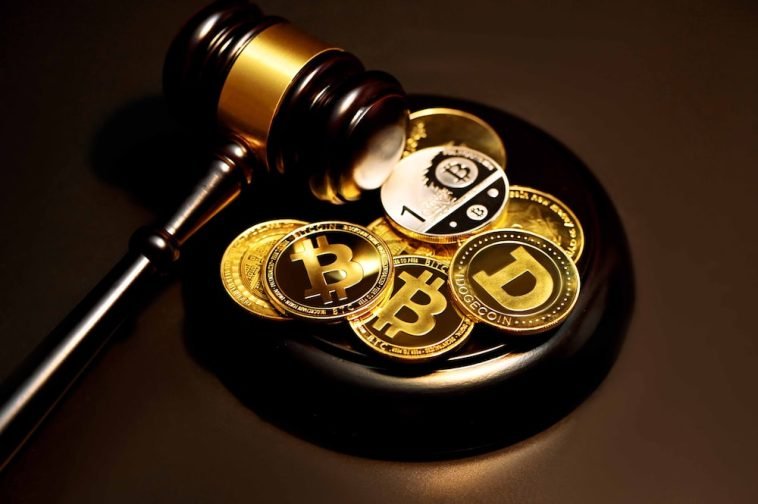Introduction.
Non-fungible tokens (NFTs) are all over the news. Whether it’s about digital art selling for millions or creators finding new ways to earn online, NFTs have sparked a lot of curiosity.
But for many people, it’s still unclear what NFTs are or how they can actually help you make money. I get it—terms like “blockchain” and “digital assets” can feel intimidating. That’s why I’m here to break it all down in simple, practical terms.
By the end of this article, you’ll understand what NFTs are, why they’ve become so popular, and how you could potentially profit from them.
Let’s dive in!
What are NFTs?
At their core, NFTs are digital items that are unique and can’t be copied. The term “non-fungible” means they’re one of a kind—like a rare baseball card or an original painting.
They live on something called the blockchain, which is like a public digital ledger that keeps track of who owns what.
Think of NFTs as certificates of ownership for things like art, music, videos, virtual items in games, or even tweets.
They allow creators to sell their work directly to buyers, cutting out middlemen. For buyers, owning an NFT often means having exclusive access to something special, like a limited edition digital artwork or a VIP membership.
Why are NFTs So Popular?
- Empowering Creators: NFTs allow artists, musicians, and other creators to monetize their work without relying on galleries, agents, or streaming platforms. They also get paid royalties whenever the NFT is resold.
- Ownership in the Digital Age: In a world where so much of what we consume is online, NFTs offer a way to own digital assets in a way that feels real.
- Community and Exclusivity: Many NFTs come with perks, like access to private communities or events. This creates a sense of belonging that people are willing to pay for.
- Speculation: Let’s be honest—some people buy NFTs hoping their value will skyrocket so they can sell them for a profit.
How Can You Make Money With NFTs?
Now, here’s the big question: how can NFTs help you earn? There are several ways, depending on your skills and interests.
1. Creating and Selling NFTs
If you’re an artist, musician, or content creator, you can mint (create) NFTs and sell them. Platforms like OpenSea, Rarible, and Foundation make it easy to get started.
Example: Digital artist Beeple sold an NFT for $69 million. While that’s extreme, many creators make decent money selling their work as NFTs.
2. Trading NFTs
Some people treat NFTs like stocks, buying low and selling high. This requires research and a good understanding of the market. Keep in mind, though, that it’s a risky game, and not every NFT gains value.
3. Gaming and Virtual Goods
In NFT-based games like Axie Infinity or Decentraland, players can earn money by collecting and selling in-game assets. These games combine fun with profit potential, which is why they’ve gained so much popularity.
4. Investing in NFT Projects
You can invest in promising NFT projects, much like you’d invest in startups. If the project succeeds, your NFTs could increase in value.
5. Building NFT Collections
Collectors who focus on rare or culturally significant NFTs sometimes make significant profits by selling them later. Think of it as digital treasure hunting.
Are NFTs Worth It?
Like any investment or business opportunity, NFTs come with risks. Here are a few things to watch out for:
- Market Volatility: The value of NFTs can rise or fall dramatically in a short time.
- Scams and Fraud: Be cautious of fake platforms or NFTs. Always verify the authenticity of what you’re buying.
- Environmental Concerns: NFTs are built on blockchain technology, which consumes a lot of energy. This has raised concerns about their impact on the planet.
That said, the NFT space is growing rapidly, and many people believe it’s here to stay.
FAQs
Do I need to know a lot about technology to get started with NFTs?
Not really! Most platforms are user-friendly and guide you through the process. It helps to understand the basics of cryptocurrency, though.
Are NFTs only for artists?
Nope! While artists and creators benefit a lot from NFTs, anyone can buy, sell, or trade them. You can even create NFTs for things like event tickets, domain names, or virtual real estate.
Can I lose money with NFTs?
Yes. Just like with any investment, there’s no guarantee you’ll make a profit. Research and caution are key.
What’s the difference between an NFT and cryptocurrency?
Cryptocurrency like Bitcoin or Ethereum is fungible, meaning one Bitcoin is the same as any other. NFTs, on the other hand, are unique and can’t be exchanged one-for-one.
Conclusion.
NFTs are an exciting mix of art, technology, and finance. They’re changing the way creators and consumers interact and opening up new opportunities for everyone.
So, what do you think? Is diving into the world of NFTs worth your time? Let me know your thoughts—are you ready to create, collect, or invest in NFTs?



GIPHY App Key not set. Please check settings